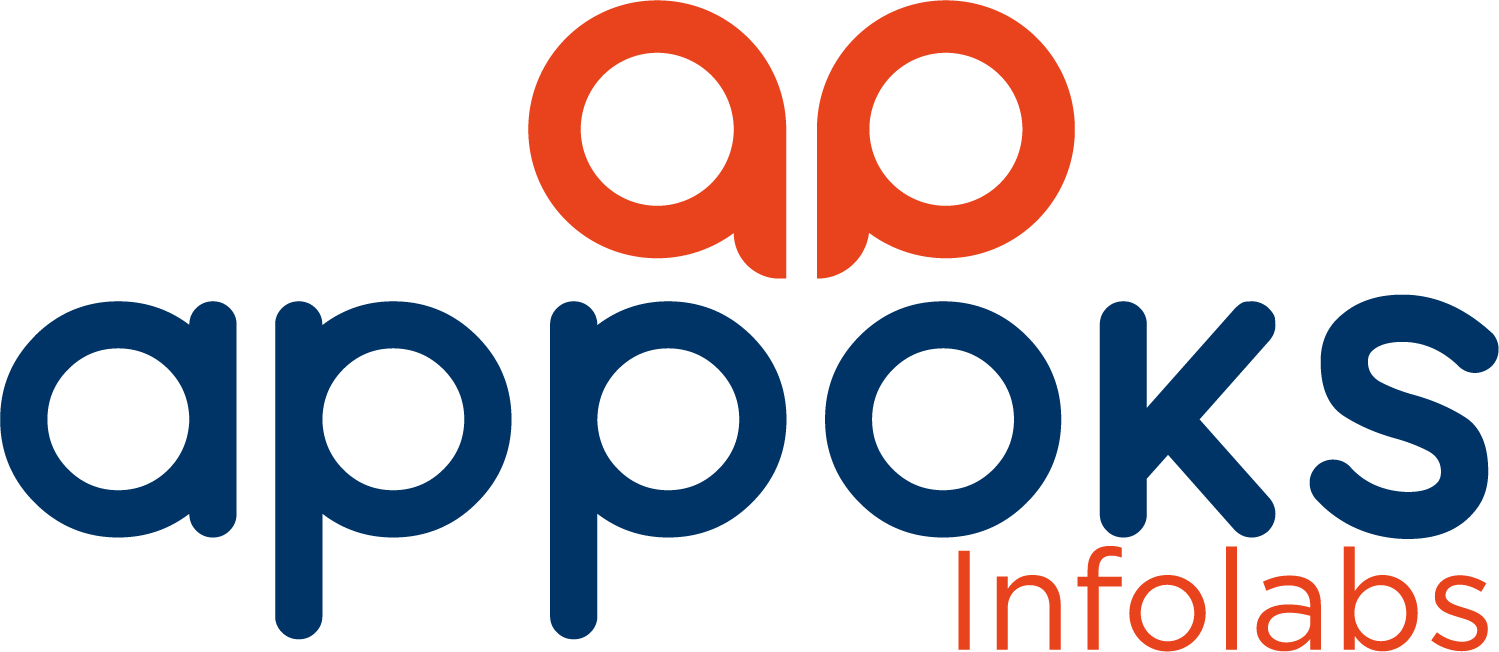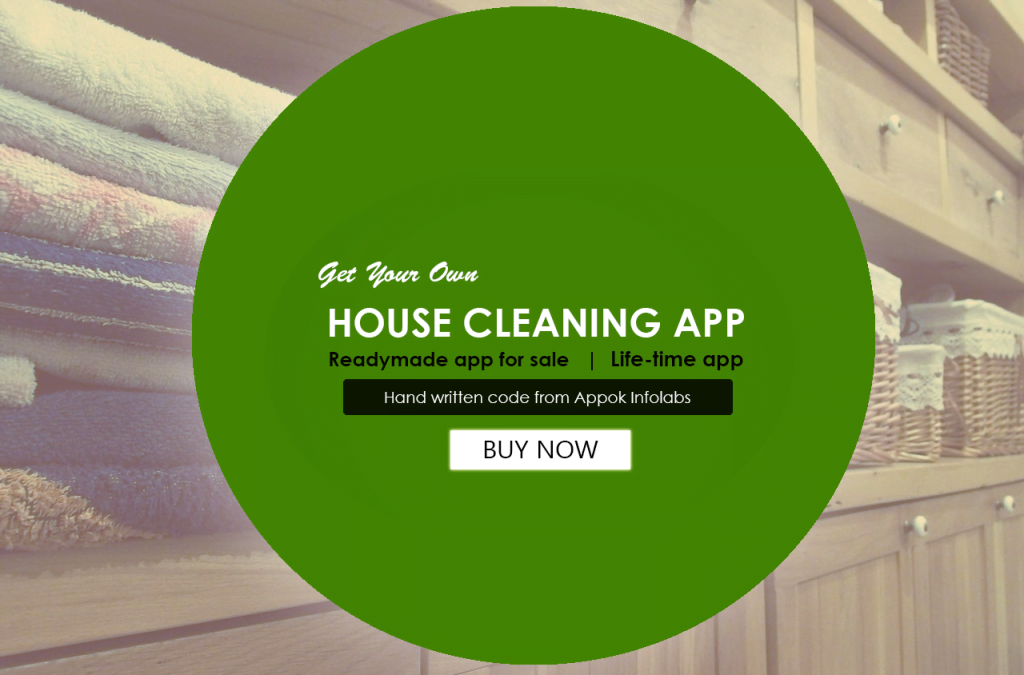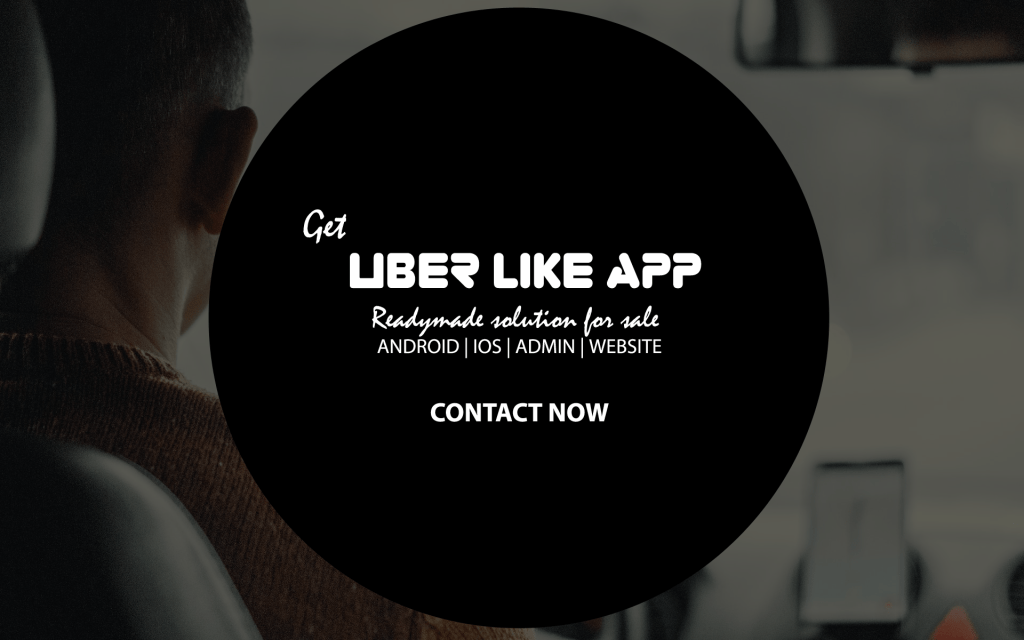Introduction:
On demand grocery delivery app development involves creating a mobile application that enables customers to order groceries online and have them delivered to their doorstep. The app typically has two interfaces, one for customers to place orders, and the other for delivery personnel to manage deliveries. The development process involves designing and building an intuitive user interface for customers to browse products, add them to their cart, and checkout. The app should also integrate with a payment gateway to enable secure payments. Additionally, the app should include features that allow customers to track their orders and receive real-time updates on the delivery status. The app may also include features like product recommendations and loyalty programs to incentivize customers to use the app repeatedly. On the backend, the app should integrate with inventory management systems to ensure accurate product availability and with delivery management software to ensure timely delivery of orders. The development process also involves creating a robust infrastructure to handle high traffic and ensure app stability. Overall, on-demand grocery delivery app development requires a deep understanding of user behavior and experience, as well as technical expertise in mobile app development, backend development, and logistics management.
Developing an on demand grocery delivery app involves several steps, including:
- Conducting Market Research: Before starting development, you need to conduct market research to understand the needs of your target audience, their preferences, and the competition in the market.
- Defining the Requirements: Based on the research, you need to define the features and functionalities of your app. This includes the customer-facing app, the delivery personnel app, and the backend infrastructure.
- Designing the User Interface: Once you have defined the requirements, you need to create a user interface design that is intuitive and user-friendly. This includes designing wireframes, user flows, and prototypes.
- Developing the App: After designing the user interface, you can start developing the app. This involves coding the frontend and backend of the app, integrating payment gateways, and setting up delivery management software.
- Testing the App: Before launching the app, it’s essential to test it to ensure that it works smoothly and efficiently. This includes testing the app’s functionality, user interface, and performance.
- Launching the App: Once you have tested the app, you can launch it on the App Store and Google Play Store.
- Marketing the App: After launching the app, you need to market it to your target audience to increase downloads and usage. This includes social media marketing, email marketing, and paid advertising.
- Maintaining the App: Once the app is launched, you need to maintain it by updating it regularly, fixing bugs, and addressing user feedback.
Please read our other articles:
Who Can Benefit from On Demand Grocery Delivery App Development?
on demand grocery delivery app development can benefit customers, grocery store owners, delivery personnel, and investors. It can provide a convenient and efficient way to shop for groceries and presents a lucrative business opportunity.
On demand grocery delivery app development can benefit various stakeholders, including:
- Customers: Customers can benefit from on-demand grocery delivery apps as they can order groceries online and have them delivered to their doorstep. This saves them time and effort and allows them to shop from the comfort of their homes.
- Grocery Store Owners: Grocery store owners can benefit from on-demand grocery delivery apps as they can reach a wider audience and increase their sales. Additionally, on-demand grocery delivery apps can help them streamline their operations and reduce their costs.
- Delivery Personnel: Delivery personnel can benefit from on-demand grocery delivery apps as they can earn money by delivering groceries. These apps can provide them with flexible working hours and a source of income.
- Investors: Investors can benefit from on-demand grocery delivery app development as it can be a lucrative business opportunity. The growing demand for online grocery shopping and delivery services presents an opportunity for investors to invest in this market and earn a return on their investment.
on demand grocery delivery app development unlocks the power of online shopping and delivery services, providing customers with convenience, flexibility, and a new way to shop for groceries. It also presents a lucrative business opportunity for grocery store owners, delivery personnel, and investors.On demand grocery delivery app development unlocks the power of online shopping and delivery services, providing customers with a convenient and efficient way to shop for groceries. Here are some of the benefits of on-demand grocery delivery app development:
- Convenience: Customers can order groceries online from the comfort of their homes, saving them time and effort.
- Flexibility: On demand grocery delivery apps provide customers with flexibility in terms of delivery times and options.
- Increased Sales: Grocery store owners can reach a wider audience and increase their sales by offering online shopping and delivery services.
- Cost Savings: On demand grocery delivery apps can help grocery store owners streamline their operations and reduce their costs.
- New Revenue Streams: On demand grocery delivery apps can provide delivery personnel with a new source of income, creating new revenue streams for them.
- Analytics: On demand grocery delivery apps can provide grocery store owners with valuable insights into customer behavior and preferences, helping them make informed business decisions.
- Brand Awareness: On-demand grocery delivery apps can help grocery stores build their brand awareness and reach a larger audience.
- Increased Customer Loyalty: On demand grocery delivery apps can incentivize customers to shop repeatedly by offering loyalty programs and personalized recommendations.
Is On Demand Grocery Delivery App Development Worth the Investment?
on demand grocery delivery app development can be a worthwhile investment for grocery store owners, delivery personnel, and investors. However, it’s essential to conduct market research, define the requirements, and develop a user-friendly app to ensure its success.
On-demand grocery delivery app development can be a worthwhile investment for various reasons:
- Growing Market: The demand for online grocery shopping and delivery services is growing rapidly, presenting a significant business opportunity.
- Increased Sales: On-demand grocery delivery apps can help grocery store owners reach a wider audience and increase their sales.
- Cost Savings: On-demand grocery delivery apps can help grocery store owners streamline their operations and reduce their costs.
- Competitive Advantage: Offering on-demand grocery delivery services can give grocery store owners a competitive advantage over their competitors.
- Customer Loyalty: On-demand grocery delivery apps can incentivize customers to shop repeatedly by offering loyalty programs and personalized recommendations.
- Analytics: On-demand grocery delivery apps can provide grocery store owners with valuable insights into customer behavior and preferences, helping them make informed business decisions.
- Brand Awareness: On-demand grocery delivery apps can help grocery stores build their brand awareness and reach a larger audience.
- Flexibility: On-demand grocery delivery apps provide customers with flexibility in terms of delivery times and options.
Conclusion
In conclusion, on-demand grocery delivery app development can be a beneficial investment for various stakeholders, including customers, grocery store owners, delivery personnel, and investors. It can provide convenience, flexibility, increased sales, cost savings, competitive advantage, customer loyalty, valuable analytics, and brand awareness. However, it’s crucial to conduct thorough market research, define the requirements, and develop a user-friendly app to ensure its success. As the demand for online grocery shopping and delivery services continues to grow, on-demand grocery delivery app development presents a lucrative business opportunity for those willing to invest in this market.





 Mr. Abhinay is Managing Director at Appok Infolabs.
Having12+ years of experiance in AI. | VR. | ML. and Expertise in Cloud computing | Digital marketing | Search engine optimisation.
Mr. Abhinay is Managing Director at Appok Infolabs.
Having12+ years of experiance in AI. | VR. | ML. and Expertise in Cloud computing | Digital marketing | Search engine optimisation.